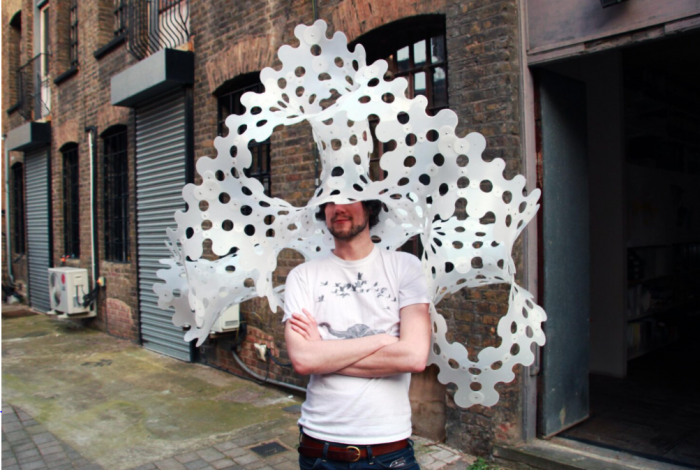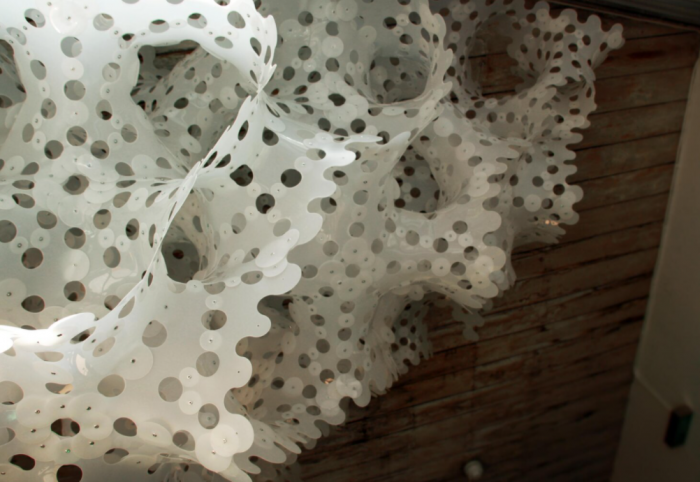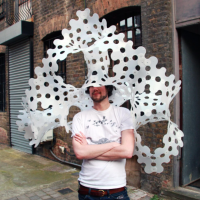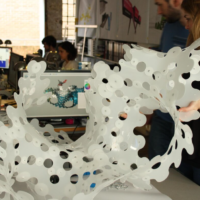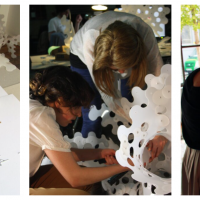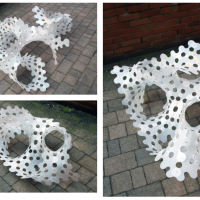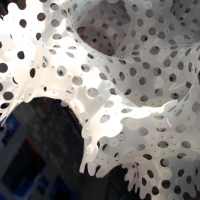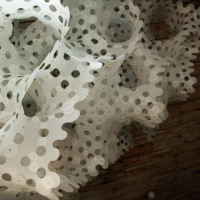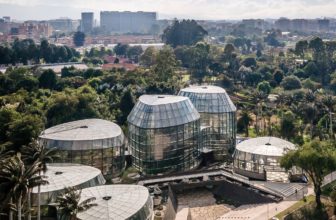Complexity can come in all manners, shapes, and sizes, and what’s so enthralling about it is the idea of being able to solve it. Think of the reward you get when you spend a good deal of time attempting to understand a complex math problem for instance. The satisfaction you feel when suddenly it all makes sense and has a logic to it, that it’s not just a collection of random numbers with no meaning. Architecture itself is a complex science that takes people years to wrap their head around, and even more to master. It’s such a definite thing, we can touch architecture, we can see it, and at times one could say we can even hear it, yet these senses only add to architecture’s complexity.
MC/2* is the latest prototype from the Minimal Complexities series by Vlad Tenu consisting of architectural research focused on the form-finding and fabrication of minimal surface structures. The structure was computationally generated inspired by principles of self-organization found in nature, while conforming to various construction and digital fabrication parameters. Consisting of 2 different constituent components, the surface was broken down and composed of 500 pieces of 1mm thick laser-cut polypropylene in order to investigate modularity and efficiency through repetition.
The main purpose behind this experiment was to achieve an increased formal complexity with a minimum amount of different pieces. The end result was this installation, 3m in length, 2.1 in width, and 1.6 in height that took 2 days to assemble and mount. Despite the flexible nature of the material used to make the individual pieces, the form still maintains a structural integrity as the modules themselves are only held by small aluminum rivets. As complex at the structure is, the parts that make it up are seemingly just as complex, containing several different points in which it would be connected to the other pieces to finally make the whole. Yet the modularity used in MC/2* begins to counter the whole basis behind something being complex, as it clearly breaks down its system into identifiable and definable components. It stands to reason that maybe there isn’t such a thing as a minimal complexity and when it comes to analyzing such intricate forms and ideas it is better to accept that they are merely complex and need no other explanation.
- Courtesy of Vlad Tenu & Surface
- Courtesy of Vlad Tenu & Surface
- Courtesy of Vlad Tenu & Surface
- Courtesy of Vlad Tenu & Surface
- Courtesy of Vlad Tenu & Surface
- Courtesy of Vlad Tenu & Surface


